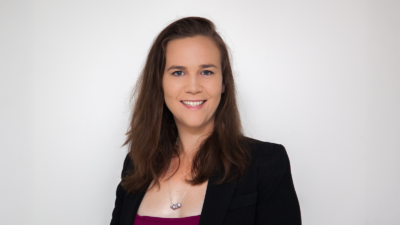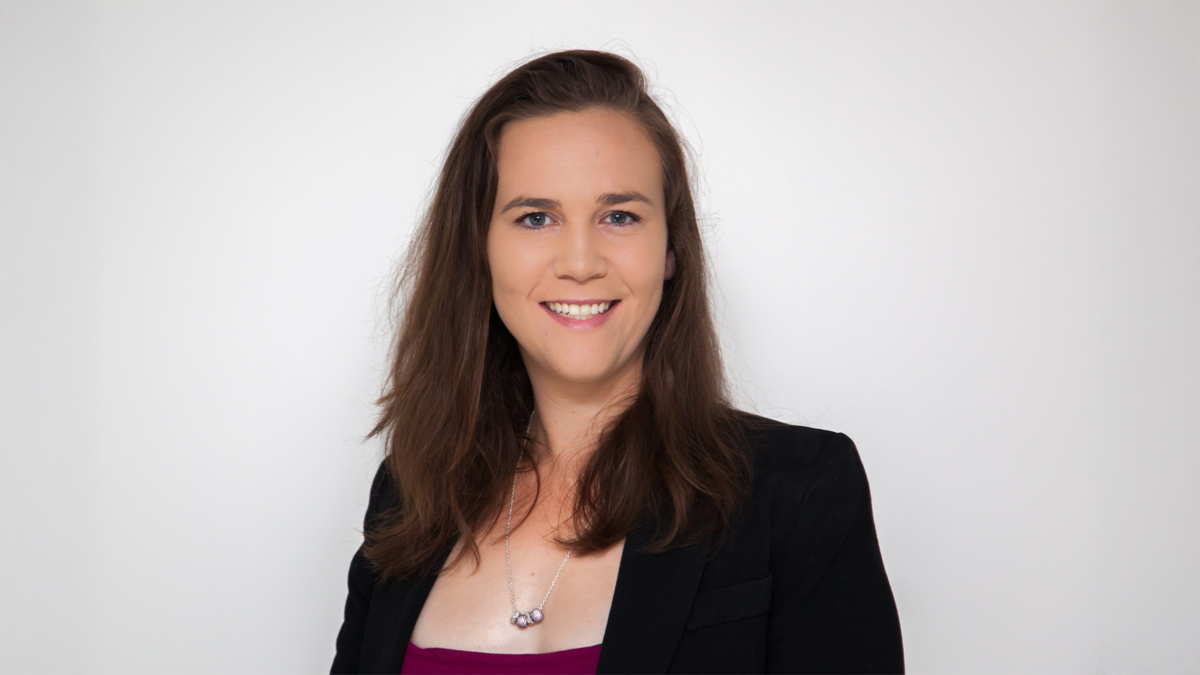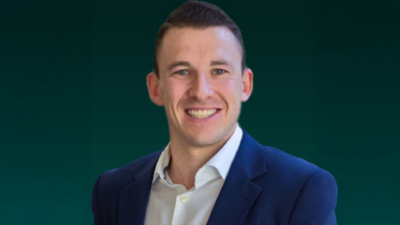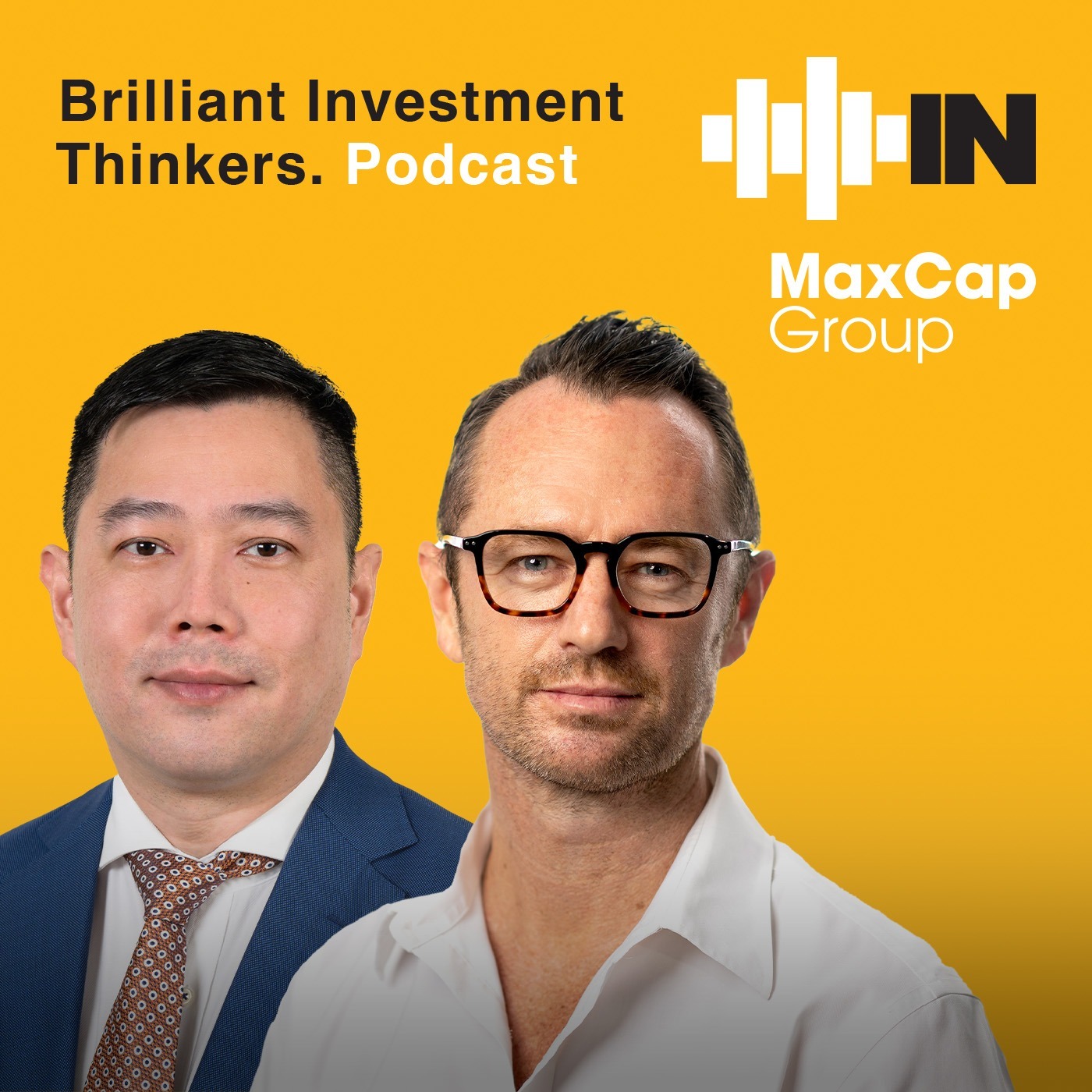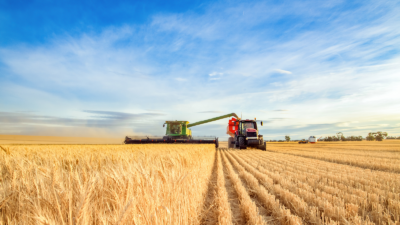Helping portfolios weather the storm: the many attributes of ILS
The idea behind ILS is simple: insurance companies pass certain insurance risks on to capital-markets investors, for which the latter receive attractive premiums; and they also benefit from an investment that has very low correlation with other asset classes. Insurance event risk is not affected by geo-political events, economic fluctuations, or broad shifts in sentiment on capital markets. That is particularly attractive in the current climate, in which political shifts are driving severe market gyrations, especially for listed equities.
Leadenhall specialises in investments linked to both life and general insurance, but its offer in the local market — the LCP Insurance Linked Securities Fund, launched with Australian partner Bennelong Funds Management in August 2024 – invests in a form of ILS called ‘catastrophe bonds,’ or ‘cat bonds,’ which are conventionally tradeable floating-rate securities with a three to five-year lifespan. Cat bond investors assume the risk of specific pre-defined insurance events such as natural disasters, and earn a return based on the ‘performance’ of those risks.
One of the most common misconceptions around ILS, he said, was that institutional investors are taking risks that insurers do not want to hold.
“We’re not buying risk that insurers and reinsurers want to get rid of because it’s bad; we’re buying risk because they’ve got too large an exposure to ‘peak perils,’ from a regulatory and credit rating agency point of view, and in order to be able to manage that risk from a regulatory and credit point of view, they want to find some to take it on,” he said. (“Peak perils” refers to the most severe and destructive natural disasters, like major earthquakes and hurricanes, that ILS instruments are designed to cover, and upon which are triggered.)
“These are defined risks, and they’ve historically got a very low correlation to the equity and fixed income markets, and therefore they can play a very important role in portfolio diversification,” said Wells. “The instruments are floating-rate, they’re short-duration, and what you’re basically getting is a reinsurance premium, plus the money-market fund return. And off that you would take actual losses, which in most years will be very small, and that gives you the net return of these assets.
“When you compare the expected loss at issuance of these bonds, and the actual losses paid, most of the time the actual losses paid is zero. There are events that happen which cause some losses to be paid out, but most of the time, you’ll see that the payout is below the expected loss. So, generally, cat bonds represent an attractive risk-reward opportunity,” he said.
Institutional investors have noticed that cat bonds earned a positive return when other financial markets was crashing during the Great Financial Crisis in 2007–2008, while in 2020 the asset class was almost entirely unaffected by the Covid-19 pandemic.
Since the start of 2002, cat bonds have been tracked by the Swiss Re Cat Bond index, which to the end of 2024 has earned a return of 7.3 per cent a year, behind only global equities (9.5 per cent) among the major asset classes, and with by far the lowest annual volatility (3.6 per cent). Also, the Cat Bond Index’s percentage of positive months, at 89.2 per cent, is well ahead of the second-highest percentage of positive months, high-yield bonds, at 69.3 per cent.
“The return has been slightly lower return than the equity markets, but with much lower volatility,” said Wells. “One of the markets that is generally compared with the Cat Bond market because it’s normally about the same credit rating is high-yield credit and the returns there of the cat bonds were higher, but with the significantly lower volatility.” Since 2001, cat bonds’ 7.3 per cent a year return, with 3.6 per cent annual volatility, has compared more than favourably with high-yield bonds’ return of 7 per cent a year, with 9 per cent annual volatility.
In 2022, the Swiss Re Cat Bond index experienced its only year of negative returns in its 22-year history, dropping by 2.2 per cent, compared to a 17.7 per cent fall in the MSCI World index. But more recently, cat bond returns have accelerated remarkably. In 2023, the index returned a record gain, of 19.7 per cent, which it followed with a 17.3 per cent in 2024. Having delivered just over 40 per cent for the last two years, catastrophe bonds remain one of the outstanding performers in the fixed income, alternatives and hedge fund categories.
This performance only adds to the institutional appetite, said Wells. “From about 2008 onwards, there’s been a very significant allocation from pension funds and other institutions. And we’ve seen over the last few years, more and more alternative wealth managers looking at adding ILS to their portfolios, because it’s worth doing the work to get this kind of instrument involved.”
The institutions with which Leadenhall deals generally have “somewhere between 2 per cent—5 per cent” in ILS, he said. “For other investors, depending on their risk profile, you might go higher than that, but just make sure, as always, that your clients understand what they’re getting into, and that this sort of exposure risk is there to events that could happen at any time.”
Wells was asked whether climate change was a factor in the ILS market; with extreme weather events widely considered to be becoming more frequent, how are investors being compensated for the increased risk of potential catastrophes, and whether the market is seeing an uptick in catastrophes from climate change?
“The way that we measure the uptick is the average reinsurance claims from severe storms and earthquakes in a year. Ten years ago, we were looking at about US$100 billion a year, but that’s creeping up to US$120 billion a year now. There are a number of factors involved, and climate change is definitely one of them, but insurance premia are essentially linked to not only GDP growth, and inflation; but also, as more and more people want to live in Florida rather than in New York, there’s a lot more building going on, of extremely high-end properties that need to be reinsured. So, as you get an increase in the level of property actually being insured, when an event happens, you will see a higher level of payout.”
ILS is a sector “where you can measure what’s going on with climate change,” said Wells. “Every time there’s a new event and capital gets taken out of the reinsurance sector, prices go up. It provides a quick way of pricing climate change, and is also a very quick recovery tool for those areas that have suffered from climate change,” he said.


